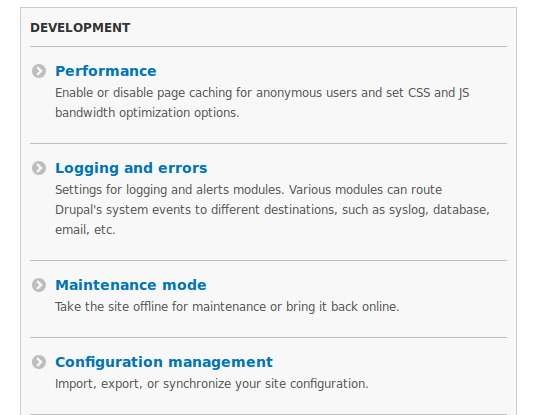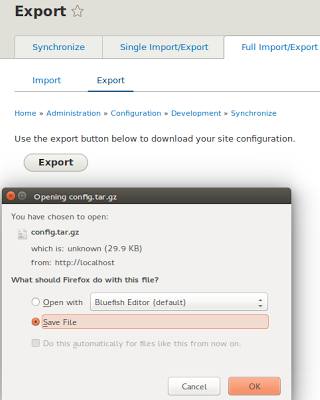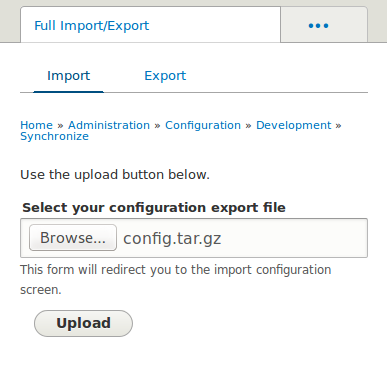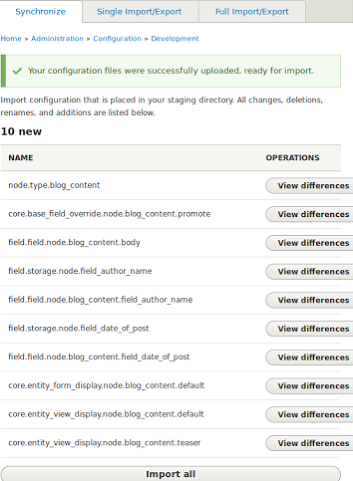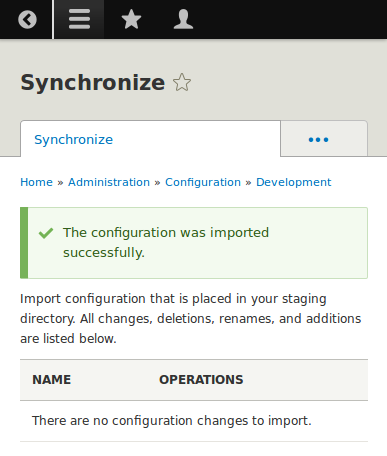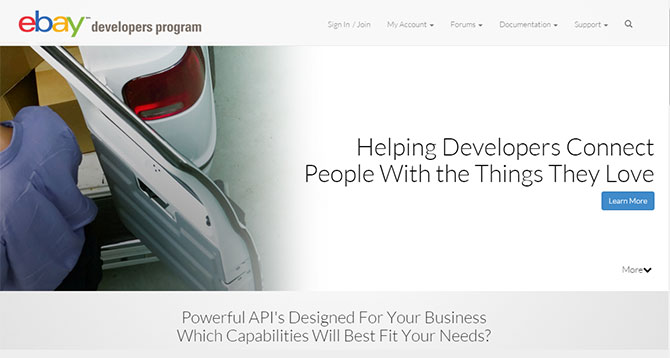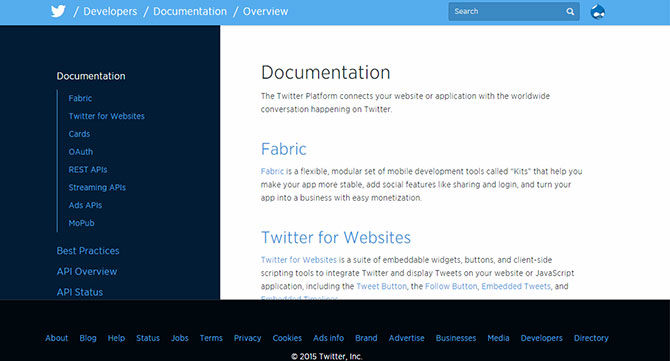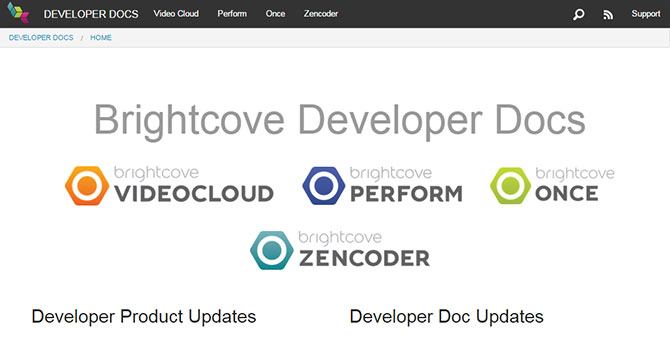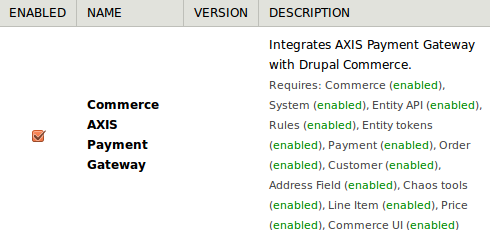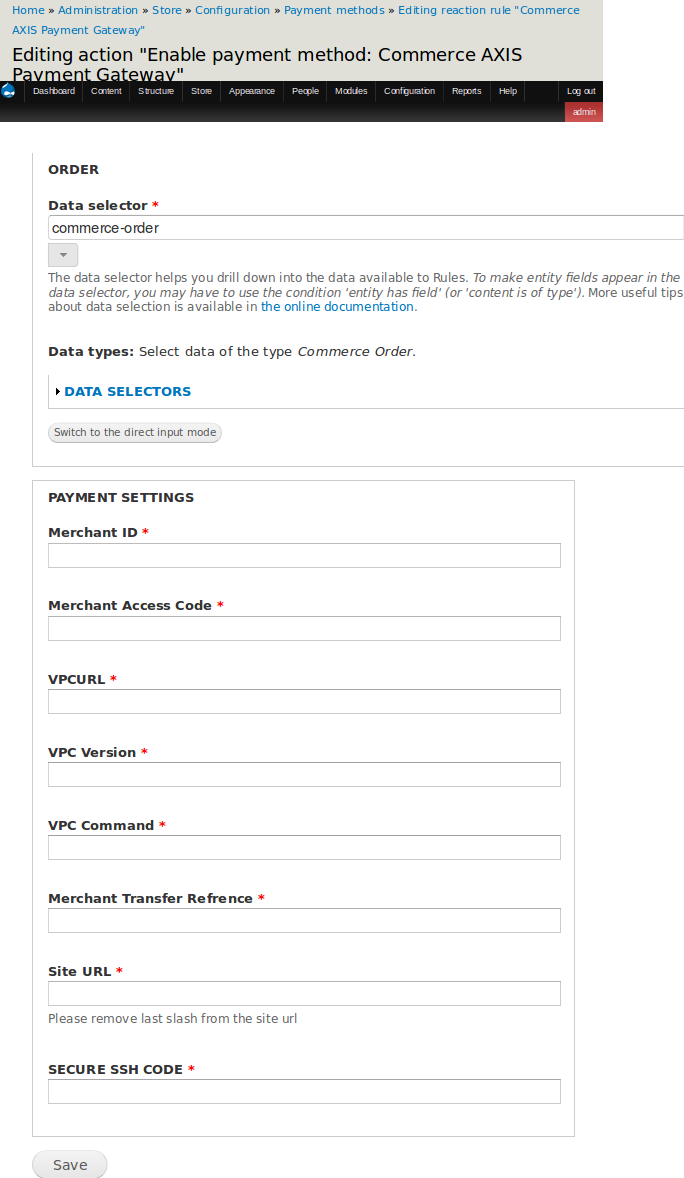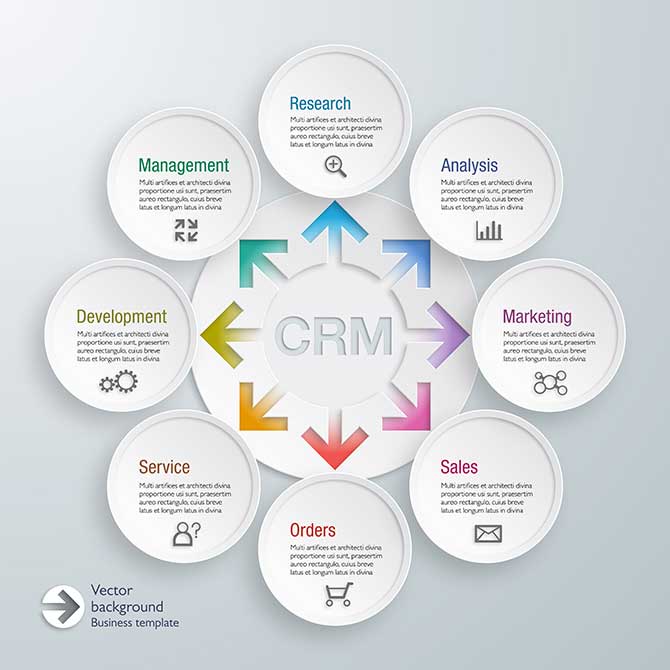Content Strategy : How to strategize before diving into B2B Content Marketing ?
If you find yourself reading up a lot on Content Marketing of late, I'm sure you must have cracked the keyword cipher behind it turning into a focal point in digital marketing.The idea of thought leadership has gradually percolated into content marketing as both SMEs and major corporations are leveraging it alike. Now Web Content offers you the opportunity of establishing your credentials as a thought leader while it serves as an effective medium to share innovative ideas and concepts. B2B Content Marketing is a focused approach by an organization to showcase its expertise and carve a niche for itself in the marketplace.
Here I have put together a checklist for creating a B2B Content Marketing Strategy before you embark on a full fledged Content Marketing expedition.
# Align your Content Marketing plan with your Business Objectives
You need to devise a content marketing strategy based on the objectives that you have identified for your business.The purpose of planning content development is to prioritize your marketing objectives in accordance with the needs of a marketing campaign. These objectives may be categorised into customer acquisition, lead generation, customer retention, lead nurturing/management, reputation management and the generation of brand awareness.
# Focus the Content on your Business Goals
As a content strategist it is important that you identify the end goal for your content generating endeavour. The task of pushing out content on a regular basis plays a crucial role in attracting new leads and generating more sales. A Content Calendar or Marketing Calendar is one of the essentials that you need to figure out before starting out with the creation of content. A content calendar will not only let you plan the content in advance but will let you plan it around key events or phases in lead prospecting.
# Identify your Target Audience/ Buyer Persona
The ultimate aim of content generation is creating marketing content that caters to an audience that your business needs. The relevancy of your content solely depends on the audience you are catering to, which makes it an imperative to plan the creation of content that is unambiguous and customer-centric. It requires a certain level of concerted research to gain a perspective into what a buyer persona would ideally look for, while planning the creation of content meant to address specific requirements.
# Choose a Content Format that suits your plan
The key to connect effectively with your target audience is to create some well thought out content that is engaging enough to garner the much needed organic shares. The content format may vary depending on the needs of your audience. For instance a case study may help an existing customer with a pain point while a video or an infographic may attract the attention of your target audience. E-books are supposedly more elaborate when it comes to disbursing complex information in a reader friendly format that aligns with your brand strategy as well. What matters at the end of the day is not the format of the content but the fact that the content is useful and has some substance to it.
# Challenges you need to Overcome
The task of finding trained content marketing professionals can be quite a challenge if your company needs to implement a content marketing plan at short notice. The key may lie in finding the right mix of internal and external contributors for value-adding content. In addition to that you may need to generate content that keeps pace with the new trends and developments in the marketplace in order to stay competitive.
As a content writer/ content strategist or a digital marketeer you must possess domain knowledge that is beyond a particular product or category. There are multiple facets of content marketing like optimizing content, measuring content effectiveness, technological challenges, content organization and management, that need to be pre-planned before the content is even published.
A well-planned Content strategy lets you make some informed decisions while you go about setting up a content marketing plan. There are various tools that can help in refining your content strategy. Marketing Automation softwares like Volacci Automator along with Content Marketing tools like Curata or Gather Content can be easily integrated with a Drupal based website to steer an effective digital marketing strategy.
We at Valuebound keep a tab on the latest content marketing trends and developments to provide you with Enterprise level web solutions to boost your digital marketing initiatives. For more information on our service offerings, please Contact Us.


